“Rho Ophiuchi Cloud Complex Area Of The Milky Way” By Martin Campbell On Flickr.

“Rho Ophiuchi Cloud Complex Area Of The Milky Way” by Martin Campbell on Flickr.
More Posts from Littlecadet-biguniverse and Others

Andromeda glowing in infrared.

Crescent Nebula


New view of the Pillars of Creation
js

Galaxy Trio Arp 286:
NGC 5566 (bottom), NGC 5569 (left), & NGC 5560 (center)
Bubble Nebula by Hubble Heritage Via Flickr: For the 26th birthday of NASA’s Hubble Space Telescope, astronomers are highlighting a Hubble image of an enormous bubble being blown into space by a super-hot, massive star. The Hubble image of the Bubble Nebula, or NGC 7635, was chosen to mark the 26th anniversary of the launch of Hubble into Earth orbit by the STS-31 space shuttle crew on April 24, 1990. The Bubble Nebula is 7 light-years across — about one-and-a-half times the distance from our sun to its nearest stellar neighbor, Alpha Centauri. The Bubble Nebula was discovered in 1787 by William Herschel, a prominent British astronomer. It is being formed by a prototypical Wolf-Rayet star, an extremely bright, massive, and short-lived star that has lost most of its outer hydrogen and is now fusing helium into heavier elements. The star is about 4 million years old, and in 10 million to 20 million years, it will likely detonate as a supernova.
Credit: NASA, ESA, and the Hubble Heritage Team (STScI/AURA) heritage.stsci.edu/2016/13/ hubbledev.stsci.edu/newscenter/archive/releases/2016/13/
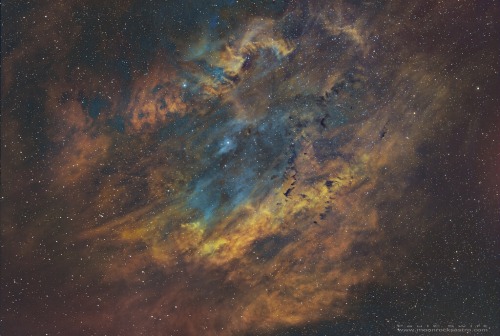
Sh2-119 Sharpless 119,emission nebular in Narrowband by Paul C. Swift on Flickr.
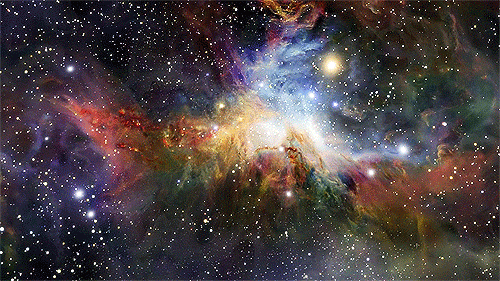
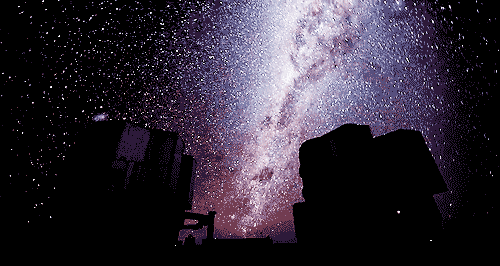
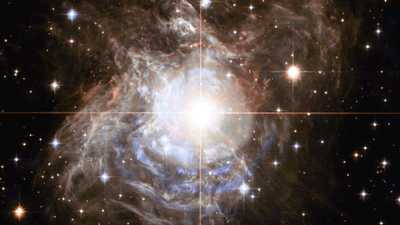
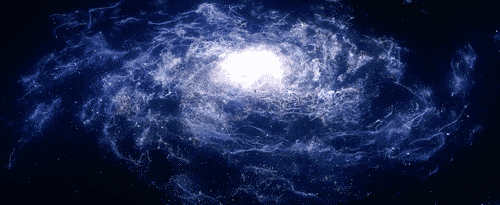
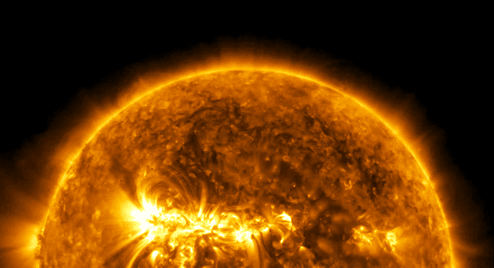
“Every one of us is, in the cosmic perspective, precious. If a human disagrees with you, let them live. In a hundred billion galaxies, you will not find another.” ~ Carl Sagan, Cosmos

Crab Pulsar at the core of the Crab Nebula
-
 cxmilapeach liked this · 4 years ago
cxmilapeach liked this · 4 years ago -
 ambrysia liked this · 4 years ago
ambrysia liked this · 4 years ago -
 feynmanprinciple-blog reblogged this · 5 years ago
feynmanprinciple-blog reblogged this · 5 years ago -
 feynmanprinciple-blog liked this · 5 years ago
feynmanprinciple-blog liked this · 5 years ago -
 th-less-i-know-th-better liked this · 7 years ago
th-less-i-know-th-better liked this · 7 years ago -
 theforgottenone98 liked this · 7 years ago
theforgottenone98 liked this · 7 years ago -
 d0nt-fall-asl33p-at-the-h3lm reblogged this · 7 years ago
d0nt-fall-asl33p-at-the-h3lm reblogged this · 7 years ago -
 ohmyheart-itbreaks reblogged this · 7 years ago
ohmyheart-itbreaks reblogged this · 7 years ago -
 visionary0-blog liked this · 7 years ago
visionary0-blog liked this · 7 years ago -
 u-nholy-confession-s reblogged this · 7 years ago
u-nholy-confession-s reblogged this · 7 years ago -
 evhamperisi reblogged this · 7 years ago
evhamperisi reblogged this · 7 years ago -
 wowwhatacleverusername reblogged this · 7 years ago
wowwhatacleverusername reblogged this · 7 years ago -
 cattollie-blog liked this · 7 years ago
cattollie-blog liked this · 7 years ago -
 ipeachesandpeoniesi-blog liked this · 7 years ago
ipeachesandpeoniesi-blog liked this · 7 years ago -
 thaymoon-blog liked this · 8 years ago
thaymoon-blog liked this · 8 years ago -
 jon-yegge reblogged this · 8 years ago
jon-yegge reblogged this · 8 years ago -
 black-star1472 liked this · 8 years ago
black-star1472 liked this · 8 years ago -
 sweet-trippyyy reblogged this · 8 years ago
sweet-trippyyy reblogged this · 8 years ago -
 villageburner reblogged this · 8 years ago
villageburner reblogged this · 8 years ago -
 elquintosol liked this · 8 years ago
elquintosol liked this · 8 years ago -
 indiozinn reblogged this · 8 years ago
indiozinn reblogged this · 8 years ago -
 schaafvirgo liked this · 8 years ago
schaafvirgo liked this · 8 years ago -
 justaway11 liked this · 8 years ago
justaway11 liked this · 8 years ago -
 haz77zard reblogged this · 8 years ago
haz77zard reblogged this · 8 years ago -
 zalepilo reblogged this · 8 years ago
zalepilo reblogged this · 8 years ago -
 rroseselavi liked this · 8 years ago
rroseselavi liked this · 8 years ago -
 inkcupsandgrommets reblogged this · 8 years ago
inkcupsandgrommets reblogged this · 8 years ago -
 viciouslydull reblogged this · 8 years ago
viciouslydull reblogged this · 8 years ago -
 g0thfxiry reblogged this · 8 years ago
g0thfxiry reblogged this · 8 years ago -
 estelle26luash-blog liked this · 8 years ago
estelle26luash-blog liked this · 8 years ago -
 importantkryptonitemagazine liked this · 8 years ago
importantkryptonitemagazine liked this · 8 years ago -
 th0ca liked this · 8 years ago
th0ca liked this · 8 years ago -
 vonreignssupreme reblogged this · 8 years ago
vonreignssupreme reblogged this · 8 years ago -
 seveinluar liked this · 8 years ago
seveinluar liked this · 8 years ago -
 irl-sportacus reblogged this · 8 years ago
irl-sportacus reblogged this · 8 years ago -
 deadly-ice-storm-blog liked this · 8 years ago
deadly-ice-storm-blog liked this · 8 years ago -
 fuzzyangrybird reblogged this · 8 years ago
fuzzyangrybird reblogged this · 8 years ago
GREETINGS FROM EARTH! Welcome to my space blog! Let's explore the stars together!!!
144 posts
